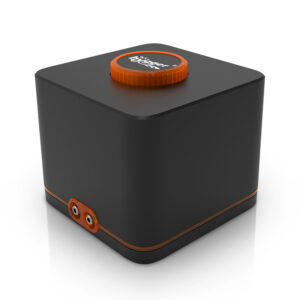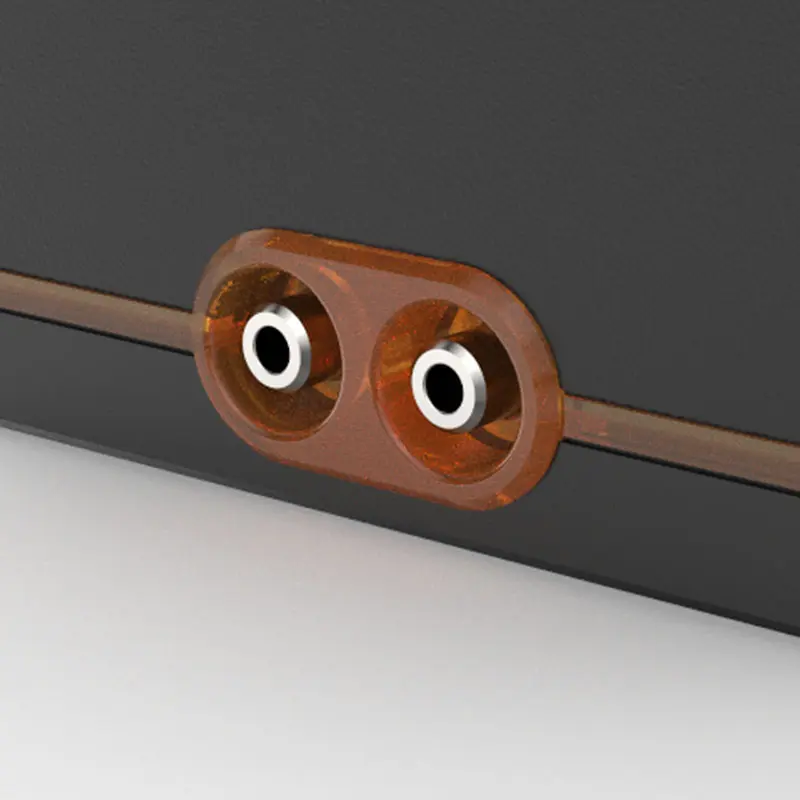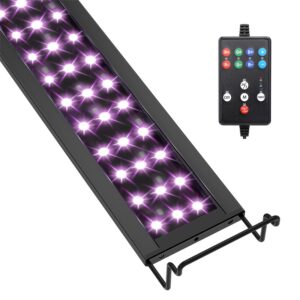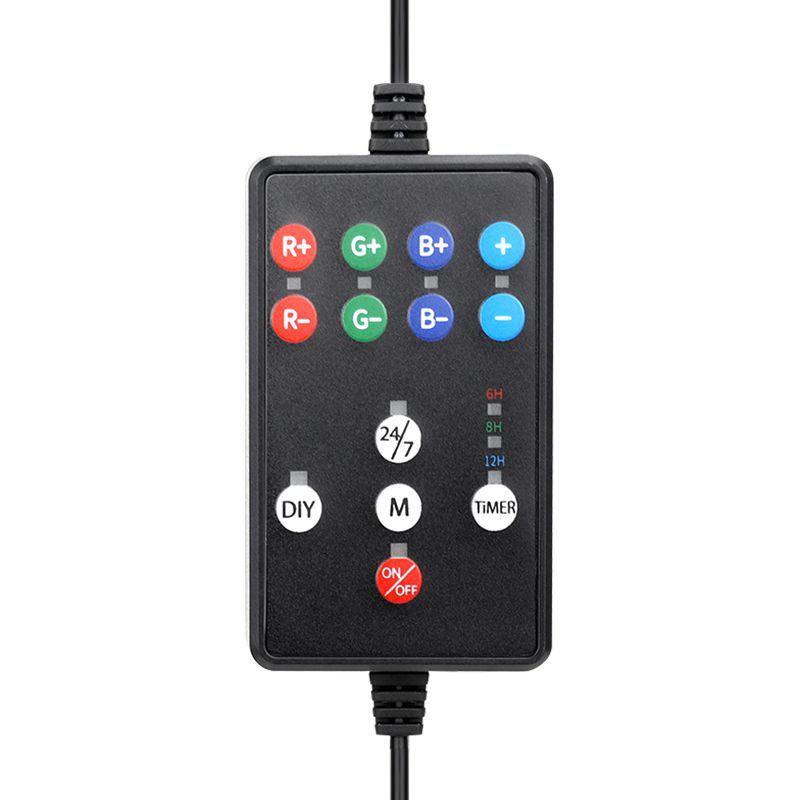The Appeal of Keeping Discus Fish
Featuring brilliant colors and attractive patterns, discus fish gain popularity among aquarists. They are tropical freshwater fish, sometimes also called “pompadour fish”. In this article, we will get into deeper learning of discus fish.
Content Table
Discus fish species profile
In the first place, let’s learn some basic information about discus fish.
- Family: Cichlidae
- Origin: Amazon River in South America
- Diet: Omnivore/Herbivore
- Size: 4.8-6 inches
- Average lifespan: 10–15 years
- Temperament: Peaceful
- Minimum tank size: 55-gallon
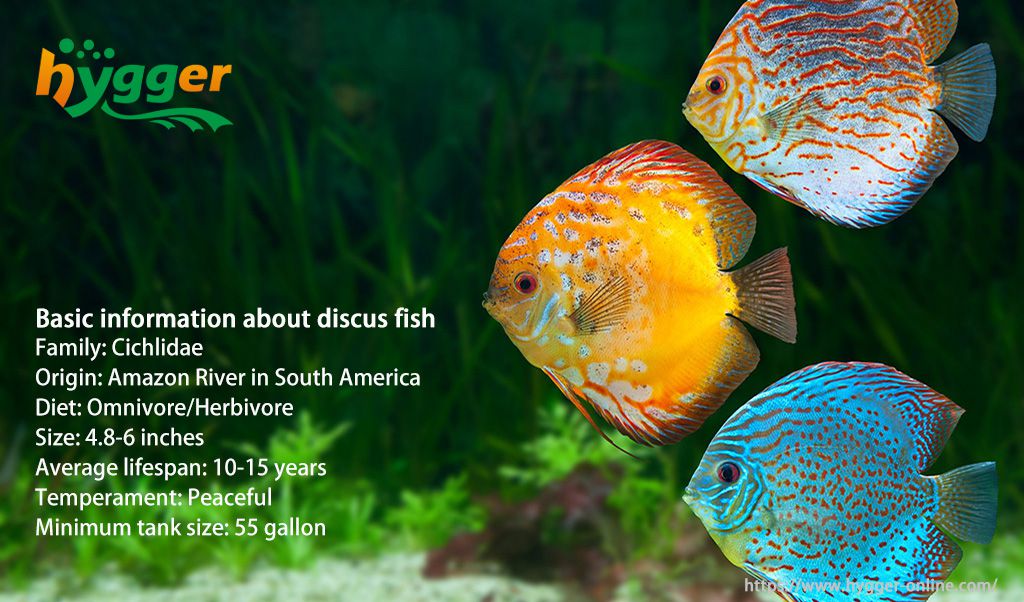
Discus fish may come in red, green, and other colors. Until now, discus fish have been classified into three species, including Symphysodon aequifasciatus (blue discus/brown discus), Symphysodon Heckel discus (red discus), and Symphysodon tarzoo (green discus). With round dorsal fins, discus fish have vertical and horizontal patterns on the fins and body. Some red discus and brown discus have vertical stripes on the body. While there are red spots on the blue discus and green discus. Also, discus fish possess a compressed body. In general, discus prefers living in groups, for example, a group of six.
Furthermore, we will list some types of discus fish here.
- Blue discus
- Brown discus
- Red discus
- Green discus
- White butterfly discus
- Albino golden discus
- Blue diamond discus
- Red diamond discus
Are discus fish aggressive
Generally, discus fish are peaceful. But they may be aggressive under some conditions. For instance, breeding season, overstock, and unsuitable aquarium conditions. Take breeding season as an example, to protect their eggs, discus will become alert and territorial. As a result, you’d better make sure that nothing is threatening your discus during the breeding process. Besides that, there is one interesting fact. If you keep only 2-3 discus in an aquarium, they may be aggressive to the weakest discus. It is best to keep discus in a group of six. Then they will not only bully one discus.
During the breeding process, discus fish will not kill each other. However, it will cause stress on fish, which will weaken the immune system and is a potential risk for diseases. Hence, you should deal with aggressive ones. It is effective to keep discus fish more than six in an aquarium. The more fish, the less damage. Nevertheless, you should ensure adequate tank size. Also, provide hiding places and enough room for the fish.
Consequently, discus fish can hide when face attack. And they can swim and explore the aquarium. In addition to this, building a breeding tank is feasible. Since discus fish are sensitive during the breeding season, separating the breeding fish will greatly decrease risks. And you can reintroduce them back to the original aquarium after the eggs are hatched.
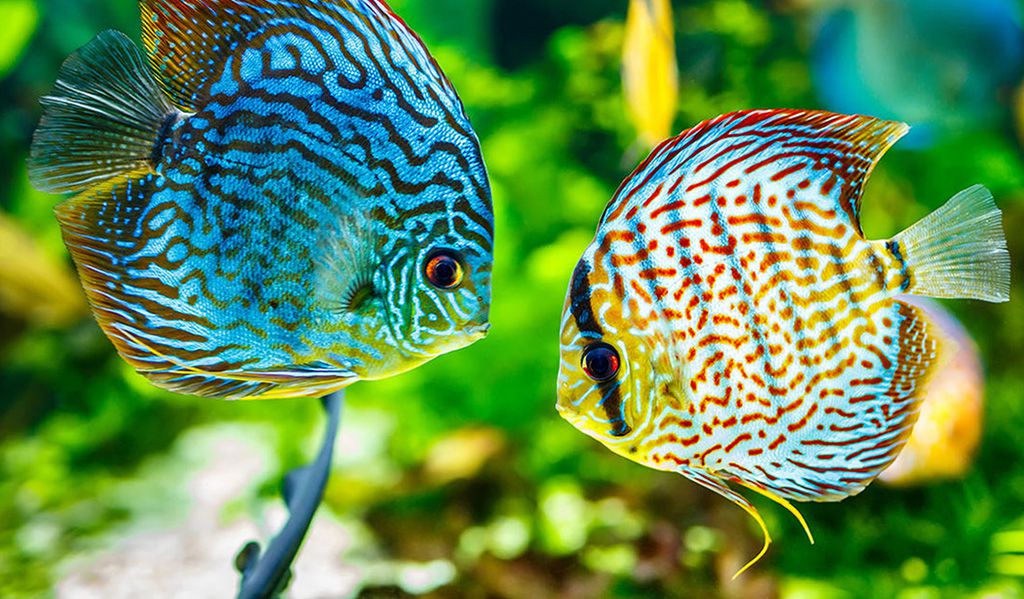
How big do discus fish get
Discus fish can grow up to 4.8-6 inches. Accordingly, you should provide a large tank for discus fish, 55 gallons at least. Nonetheless, the living conditions in a fish tank, including tank size, water parameters, and diet, will affect the fish size. Usually, providing enough room, clean water, and ideal water parameters (especially high water temperature), as well as a balanced diet is beneficial to discus growth.
Adequate rooms ensure fish can swim and explore freely, thus, space shortage will be a factor hindering fish growth. While a balanced diet makes sure, discus gain adequate nutrition. Also, genetics is a factor that influences fish size. For example, some discus fish stay small. Aside from that, discus fish may stop growing at about 2.5 years old. But it is not absolute. When discus fish stop growing depends on their genetics.
By the way, here are some tips to help Discus grow bigger.
- Warm water: Cold water is not good for discus growth. You should keep the water temperature within 82-86℉. Adding an aquarium heater is necessary. Aquarium quartz heaters are an excellent alternative. A built-in intelligent LED digital temperature display and three temperature probes enable the heater to monitor the real-time water temperature. And the temperature accuracy is ±1 ℉. However, a high water temperature may cause lower dissolved oxygen. Therefore, you should also make sure stable and has enough oxygen level.
- Nutritious diet: Food sources rich in protein are perfect. Foods, like brine shrimp, bloodworms, earthworms, and other live food, are best. Also, flakes and pellets with rich protein are great.
- Regular water change: Bacteria or toxins in the aquarium will hinder discus growth. Water changes ensure a suitable living environment for discus fish. And it is feasible to change 50 percent of the water once every week.
The appeal of keeping a discus-fish cichlid fish
With great water condition and maintenance experience, keeping discus fish in your tank is an excellent alternative. Discus fish are vibrant. And they enjoy living in groups. As a result, keeping a group of discus will make your tank colorful. In addition to this, discus is peaceful, and they can get along well with other fish species, such as neon tetras, cardinal tetras, and clown loaches. But you should make sure of ideal water parameters and living environment for them. Otherwise, discus fish are just suffering.

